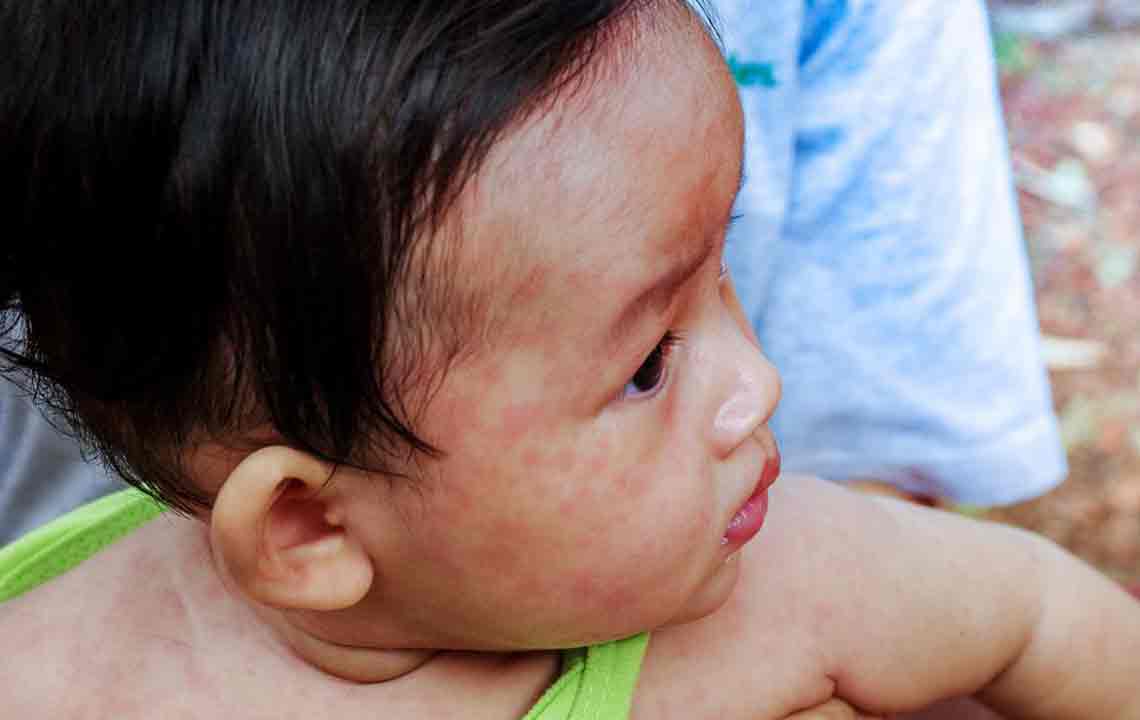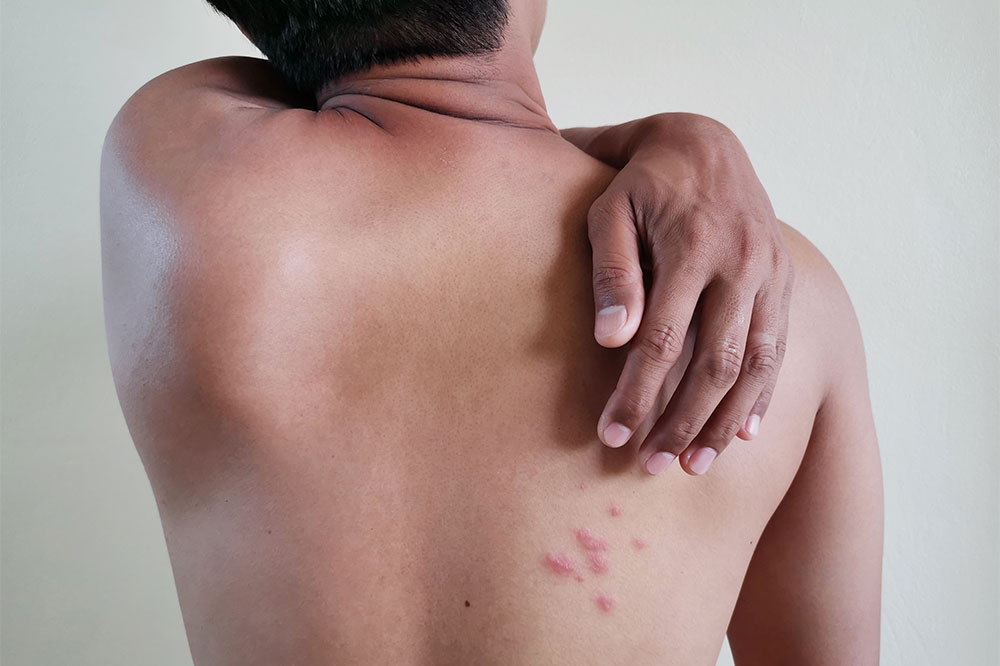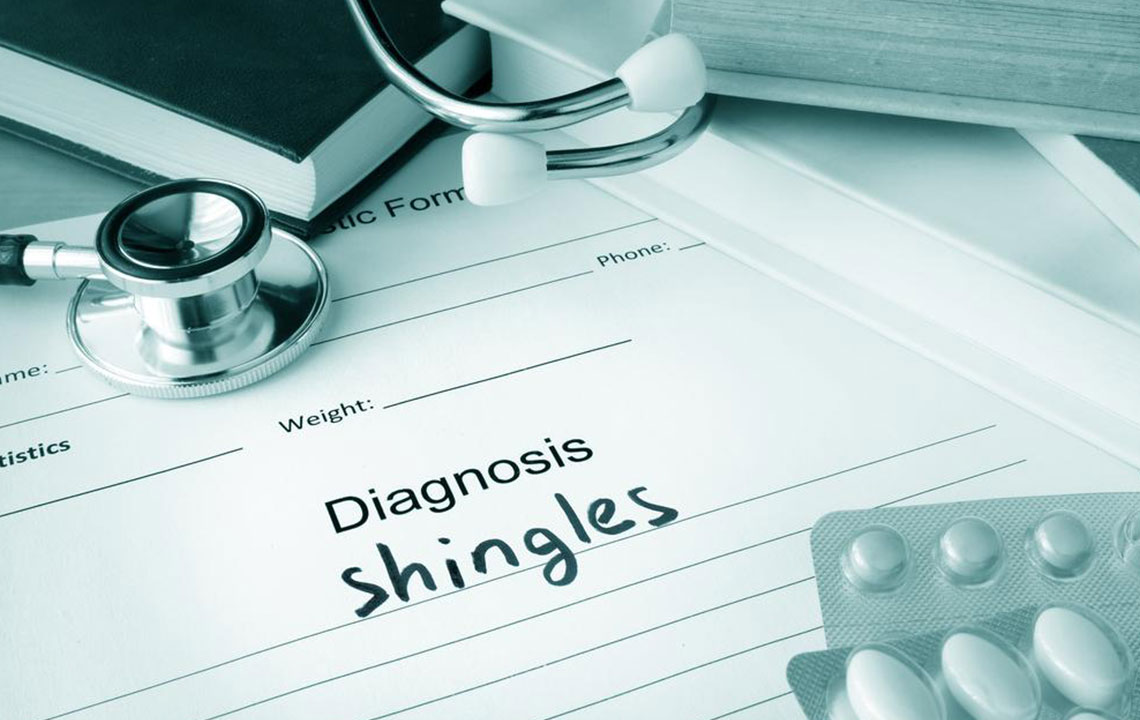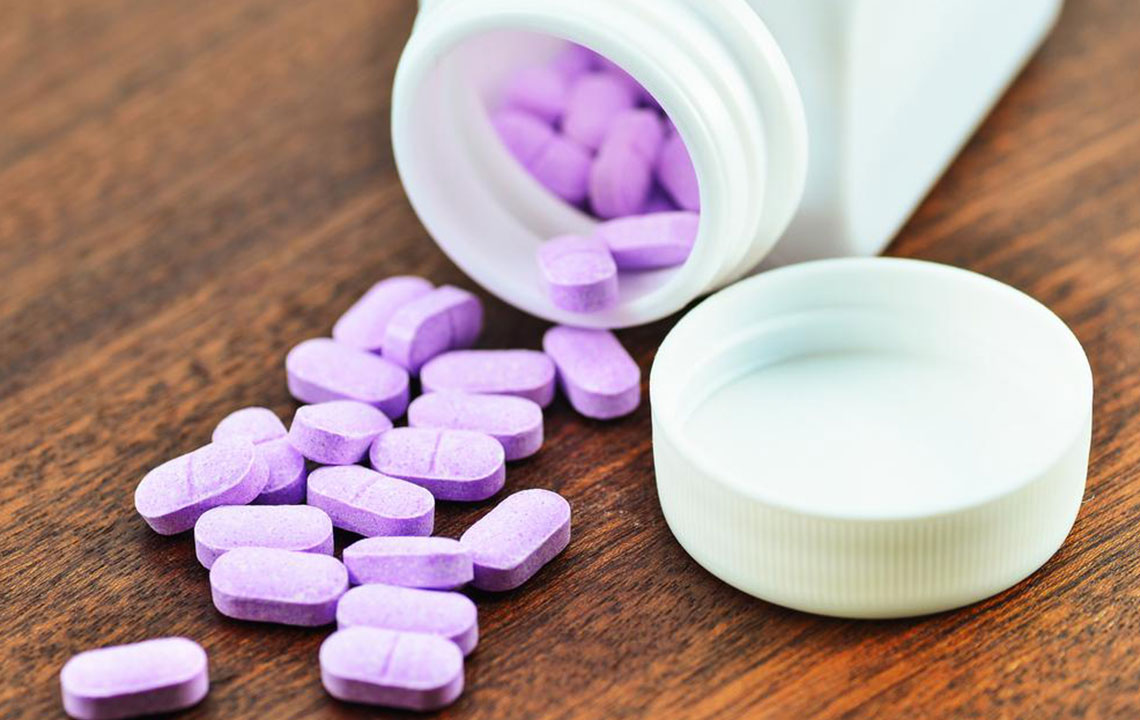Comprehensive Guide to Preventing and Managing Shingles Effectively
This comprehensive guide details effective strategies to prevent and manage shingles, emphasizing vaccination, early detection, natural remedies, and medical treatments. It highlights the importance of strengthening the immune system and prompt response to symptoms to reduce complications and improve recovery outcomes. Suitable for at-risk populations and general health awareness.
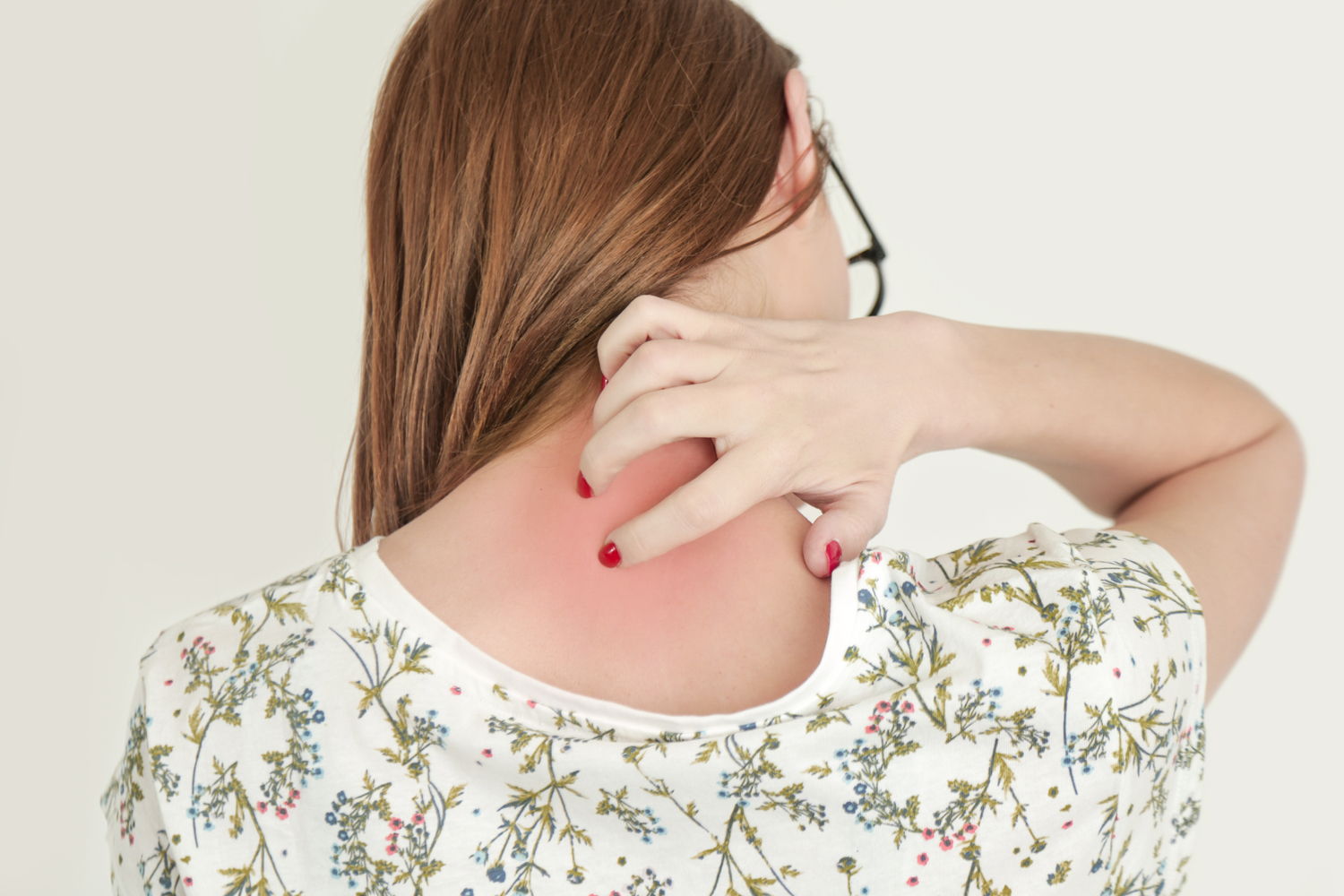
Effective Strategies for Shingles Prevention and Treatment
Shingles, also known as herpes zoster, is a painful skin condition caused by the reactivation of the varicella-zoster virus, the same virus responsible for chickenpox. It typically manifests as a band of red, inflamed rashes accompanied by severe pain, burning sensations, and tingling. Recognizing and managing shingles promptly is essential to reduce its duration and prevent complications such as postherpetic neuralgia, which is a persistent pain condition. This comprehensive guide explores proven prevention methods, early detection, and effective treatment options to help individuals better manage and prevent shingles.
Understanding how shingles develops is crucial. After an individual recovers from chickenpox, the varicella-zoster virus doesn't completely leave the body. Instead, it lies dormant in nerve tissues near the spinal cord and brain. Under certain conditions, such as a weakened immune system, stress, or illness, the virus can reactivate, causing shingles. The risk of developing shingles increases with age, especially after 50, as immune function declines. Medical professionals emphasize the importance of vaccination and healthy lifestyle choices to mitigate this risk.
Early Signs and Diagnosis of Shingles
Early symptoms of shingles often include pain, burning, or tingling sensations in a specific nerve pathway, sometimes before any visible rash appears. This prodromal phase can last from a few days to a week. As the rash develops, reddish patches evolve into blisters that cluster along a band, usually on one side of the body or face, following nerve routes. Diagnosis is primarily clinical, based on physical examination. In ambiguous cases, healthcare providers may analyze skin samples or blister fluid for the presence of the varicella-zoster virus via PCR testing or direct fluorescent antibody tests to confirm the diagnosis.
Protection through Vaccination
The most effective way to prevent shingles and its associated complications is through vaccination. The shingles vaccine boosts immunity and significantly reduces the risk of developing the condition. There are two main vaccines available: Zostavax and Shingrix. Shingrix is the newer and more effective option, recommended for adults aged 50 and above. It involves a two-dose series administered several months apart, providing strong protection even for those who previously had chickenpox or experienced shingles. For optimal protection, vaccination should be discussed with healthcare providers, especially for individuals with a history of immune suppression or chronic health conditions.
High-Risk Groups and Special Considerations
Certain populations are at greater risk of developing shingles and its complications. These include pregnant women without a history of chickenpox, newborns with low birth weight, immunocompromised individuals such as organ transplant recipients, chemotherapy patients, people living with HIV, and the elderly. For these at-risk groups, preventive measures are crucial. Pregnant women and those with weakened immune systems should consult healthcare professionals before considering vaccination or other preventive strategies.
Practical Tips for Prevention and Care
Maintain a strong immune system through a balanced diet, regular exercise, adequate sleep, and stress management.
Ensure children receive the chickenpox vaccine early in life to prevent primary infection and subsequent shingles risk.
Adults should consider getting the shingles vaccine regardless of previous chickenpox exposure, as immunity wanes over time.
When shingles appears, cover the rash to prevent spreading the virus, and avoid contact with vulnerable populations such as pregnant women, infants, the elderly, or immunocompromised individuals until lesions crust over.
Practice thorough hand hygiene to minimize the risk of spreading the virus.
Natural and Home Remedies for Symptom Relief
In addition to medical treatments, several natural remedies can help soothe symptoms. Taking cool baths or applying compresses can alleviate pain and itching. Calamine lotion and soothing pastes made from oats or aloe vera can provide relief from skin irritation. Dietary choices also play a role; boosting immunity with foods rich in vitamins and antioxidants, such as citrus fruits, leafy greens, eggs, and fatty fish, supports recovery. Conversely, limiting sugar, processed carbohydrates, and high-fat foods can help prevent flare-ups and support overall immune health.
Medical Treatments and Pharmacological Options
Antiviral medications are the cornerstone of shingles treatment. Drugs like Acyclovir, Valacyclovir (brand name Valtrex), and Famciclovir (Famvir) are most effective when initiated within 72 hours of rash appearance. These medications can reduce the severity and duration of symptoms, diminish viral shedding, and decrease the risk of complications. Pain management is equally important; over-the-counter options such as acetaminophen (Tylenol), nonsteroidal anti-inflammatory drugs (NSAIDs) like ibuprofen and naproxen help alleviate pain and inflammation. For severe nerve pain, doctors might prescribe topical lidocaine patches, corticosteroids, or in some cases, antidepressants like amitriptyline, which can modulate nerve signals.
Considering Additional and Alternative Therapies
Some individuals explore complementary treatments for symptom relief. Homeopathic remedies such as melatonin, oregano oil, and echinacea are popular among alternative medicine enthusiasts. While scientific evidence is limited for these options, they may provide additional comfort for some patients. It is essential to consult healthcare professionals before starting any herbal or homeopathic treatments, especially for those on medications or with underlying health conditions.
Important Precautions and When to Seek Medical Help
If you suspect shingles, especially if pain worsens or the rash spreads to the eye, face, or other sensitive areas, seek medical attention promptly. Early treatment with antivirals is crucial. People with weakened immune systems, pregnant women, and elderly individuals should be particularly vigilant. Post-treatment follow-up can help manage residual pain or complications such as nerve damage.
Conclusion: Proactive Measures for Shingles Prevention
Preventing shingles involves a proactive approach combining vaccination, healthy lifestyle choices, and timely medical intervention. Keeping the immune system strong helps minimize reactivation risks. If shingles occurs, early treatment can reduce its severity, promote faster healing, and prevent long-term complications. Staying informed about vaccination options and practicing good hygiene are key to maintaining skin health and overall well-being. With these strategies, individuals can significantly reduce their risk and effectively manage shingles should it arise.

